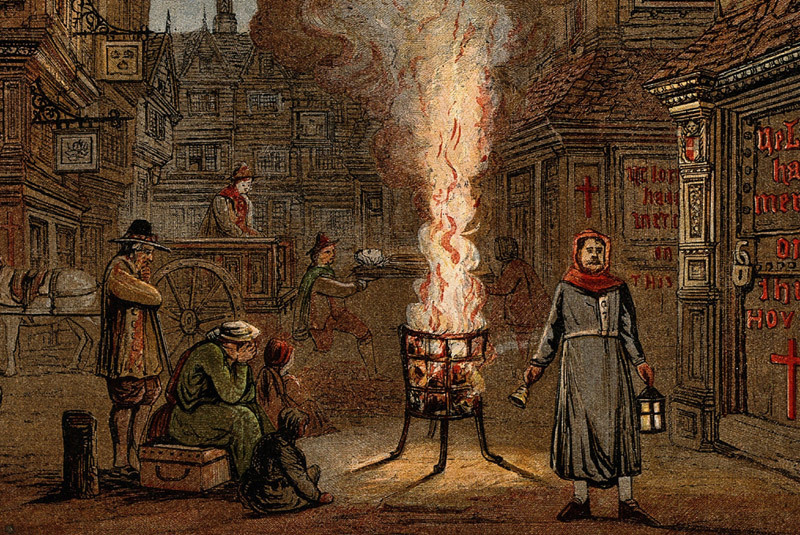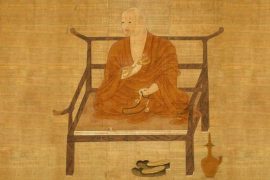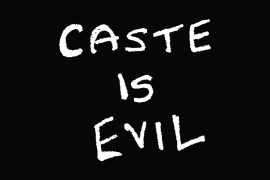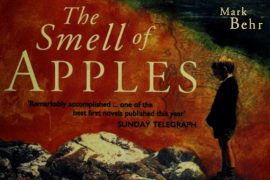It was about the beginning of September, 1664, that I, among the rest of my neighbours, heard in ordinary discourse that the plague was returned again in Holland; for it had been very violent there, and particularly at Amsterdam and Rotterdam, in the year 1663, whither, they say, it was brought, some said from Italy, others from the Levant, among some goods which were brought home by their Turkey fleet; others said it was brought from Candia; others from Cyprus. It mattered not from whence it came; but all agreed it was come into Holland again.
Thus begins Daniel Defoe’s A Journal of the Plague Year, published in Britain in 1722. Almost three hundred years later, as the world faces another pandemic, A Journal of the Plague Year’s graphic narrative of the Great Plague that ravaged London in 1655 is at once eerie and stunning in its similarity with humankind’s travails today. This piece, however, restricts itself to Defoe’s chronicle.
Defoe, best known as the author of Robinson Crusoe, is often mentioned as the first recognised British journalist. On the cover page, he claims that A Journal of the Plague Year, “written by a CITIZEN who continued all the while in London,” tells the story that was “never made publick before.” The narrator is “H.F.” who chose to stay back when everyone was fleeing London, and thus an eyewitness to the tragedy.
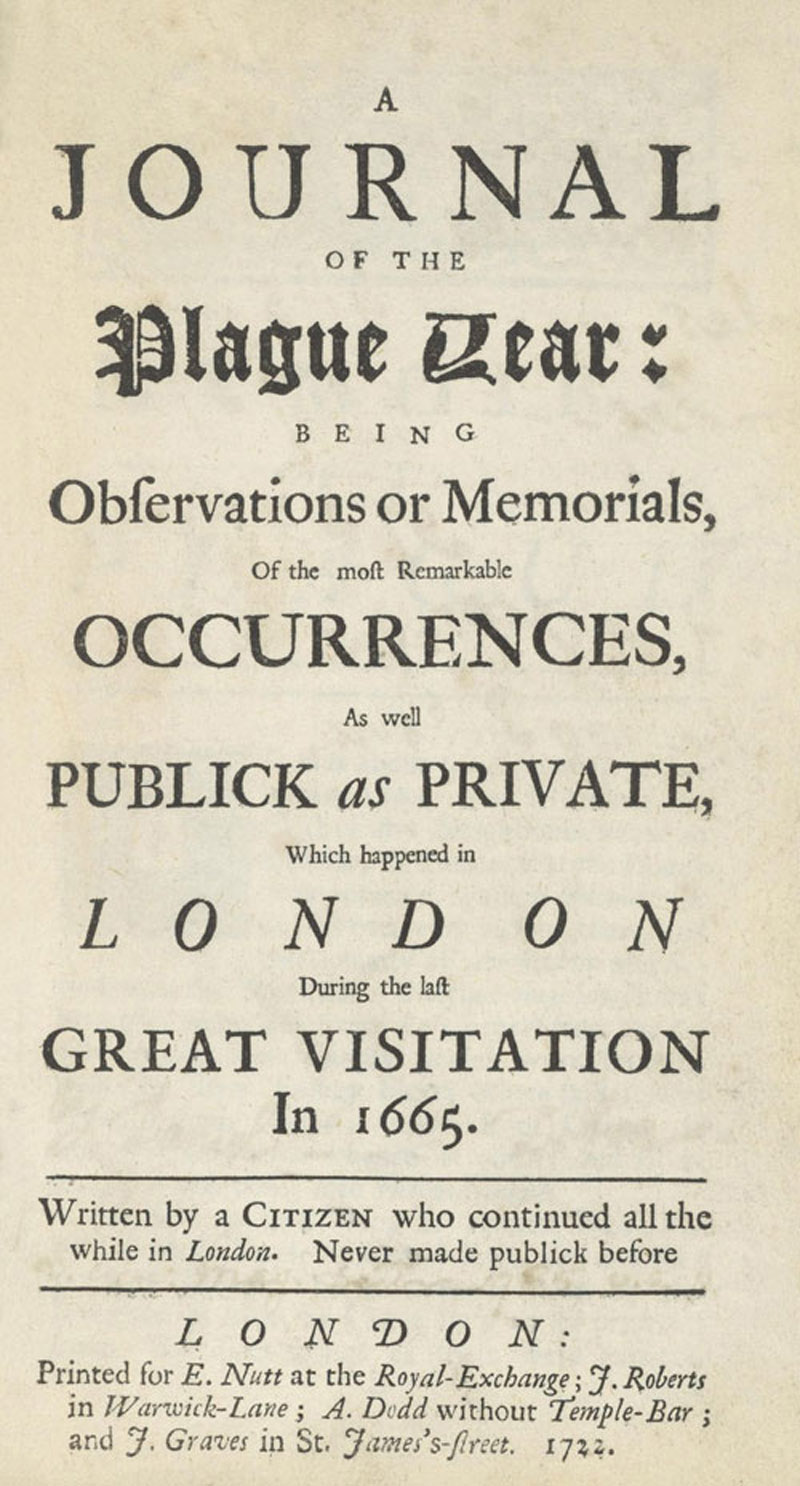
The seventeenth-century Plague that devastated Britain – the worst since the Black Plague of 1348 – was first noticed in the winter of 1664. H.F. reports:
-30-
Copyright©Madras Courier, All Rights Reserved. You may share using our article tools. Please don't cut articles from madrascourier.com and redistribute by email, post to the web, mobile phone or social media.Please send in your feed back and comments to [email protected]

